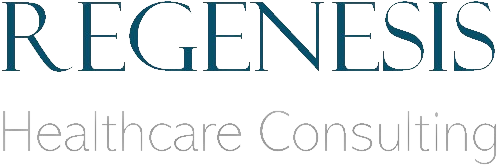Transforming healthcare with patient-driven insights. PREMs and PROMs pave the way for superior care experiences and outcomes.
Our meticulously crafted PREMs and PROMs are intelligently tailored, offering unparalleled specificity in capturing patient-reported experiences and outcomes.
Patient-Centered Care
By incorporating patient-reported data, healthcare providers gain a deeper understanding of patients' needs, preferences, and goals, allowing for more personalized and tailored care plans.

Healthcare Decision-Making
PREMs and PROMs provide valuable insights into the quality of healthcare services and the effectiveness of interventions from the patient's viewpoint.
Evidence-Based Practice
PREMs and PROMs contribute to the generation of robust evidence for clinical research and healthcare policy development.
Implementing PREMs & PROMs in hospital
Implementing Patient-Reported Experience Measures (PREMs) and Patient-Reported Outcome Measures (PROMs) in a hospital setting requires careful planning, coordination, and commitment from healthcare stakeholders
Assess Organizational Readiness
Evaluate the hospital's infrastructure, resources, and culture to determine readiness for implementing PREMs and PROMs.
Identify Appropriate Measures
Select PREMs and PROMs that are relevant to the hospital's patient population, clinical specialties, and quality improvement goals.
Implementation Plan
Create a detailed implementation plan outlining the steps, timeline, responsibilities, and resources needed to integrate PREMs and PROMs into hospital care.
Service Benefits
- Patient-Centered Care
- Quality Improvement
- Accountability and Transparency
- Clinical Decision-Making
- Research and Innovation
- Value-Based Care
- Continuity of Care


